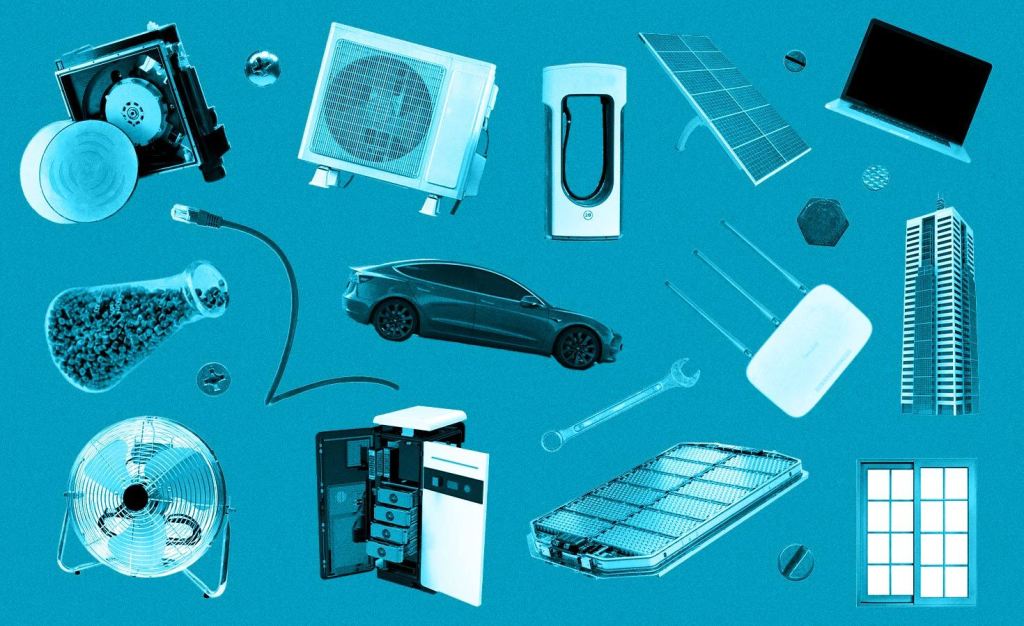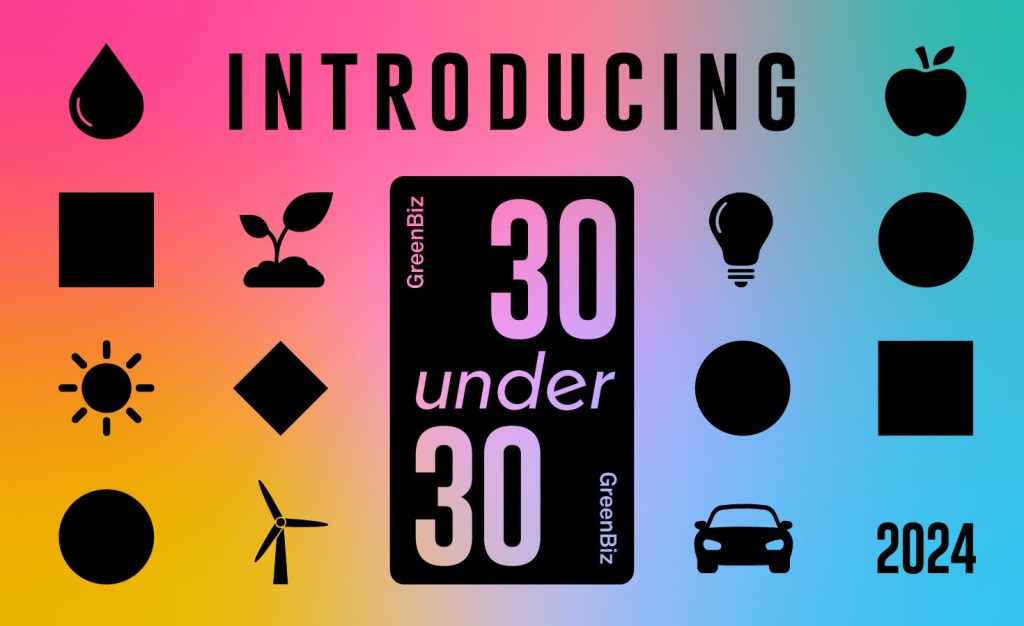How ski resorts are preparing for a future with much less snow
Vail Resorts and others are pushing ambitious net-zero targets, lobbying politicians and leaning into tech that can lengthen seasons. Read More

When skiers looked down from their starting gates at Saalbach in the Austria Alps earlier this month, they were greeted with an eerie sight: the World Championship courses below them were the only areas of white on an otherwise snow-free green mountainside.
The scene at Saalbach captured the global challenge facing ski resorts. The races were only able to take place because of snow-making equipment. Snow has since fallen, and three-quarters of the more than 150 slopes in the area are open, but the recent snow-free days will have dented revenues for local resorts — an increasingly common occurrence as the world warms.
The resort industry is adapting to rising temperatures by attempting to deliver ambitious net-zero targets for their own operations and lobbying politicians to push other sectors to decarbonize. Resorts are also pushing the boundaries of what technology can do to prolong ski seasons. Still, current temperature predictions suggest that no amount of action will avoid a disrupted future.
“The entire industry is not doomed,” said Daniel Scott, a sustainable tourism expert at the University of Waterloo in Canada. “But it will be reshaped.”
Fewer ski days
Consider resorts in Michigan and other Midwest states: Annual ski days — those on which resorts are open — actually increased after the 1980s, peaking at 103 in the 2000s, according to a study by Scott. But that’s because improvements in snow-making technology were able to more than offset loss of snow, he said.
Methods for making more artificial snow have since provided smaller gains, leading to recent declines in snow days and potentially bigger falls ahead. A 2024 forecast, co-authored by Scott and Robert Steiger at the University of Innsbruck in Austria, found that the number of ski days at U.S. resorts will shrink by 14 to 33 days annually under a low-emissions scenario and by up to 62 days in a high-emissions future.
This has prompted resorts to pledge to cut emissions, and fast. Vail Resorts, which has 42 properties globally and made almost $3 billion in revenue in 2024, is targeting net zero Scope 1 and 2 emissions by 2030, as is a smaller U.S. competitor, Boyne Resorts. Energy-saving measures implemented at Vail’s resorts include more efficient HVAC systems and refrigeration upgrades, said Alexandra Malloy, a public relations manager for the company. At Boyne, Vice President of Sustainability Tom Bradley highlighted more efficient use of compressed air in snow guns, which have cut electricity use in the devices by 35 percent since the 2020-21 season. All new buildings at the company’s Big Sky resort in Montana, including a new ski school and employee housing, are fully electric, he added.
These measures come with upfront costs. In Vail’s case, the company has invested more than $10 million in nearly 100 energy efficiency projects since it announced its net-zero commitment in 2017, according to Malloy. But the investment has not yet translated into lower emissions. In 2023, the most recent year for which data is available, Vail’s Scope 1 and 2 emissions amounted to 224,000 tons of CO2 equivalent, up 17 percent since 2017 due to growth of the company. Boyne will publish its first company-wide emissions data later this year; Bradley summarized the numbers as “consistent to slightly falling.”
These patterns are mirrored at other resorts. The National Ski Areas Association (NSAA) has been collecting emissions data from resorts since the 2011-12 season. While the 2023-24 figure of 5,700 tCO2e per resort was 15 percent below the historical average, that number is within recent variability and there’s no clear long-term trend in the data.
With direct emissions proving difficult to cut, resorts have been turning to renewable energy certificates (RECs). In Vail’s case, this allowed the company to claim combined Scope 1 and 2 emissions of 96,000 tCO2e in 2023, a 50 percent drop since 2017. In the NSAA survey, resorts reported purchasing enough RECs to zero out 20 percent of electricity used in 2023-24.
Emphasize the economics
The ski resort industry is, of course, not alone in finding net-zero targets challenging to meet. And even if the industry were to hit its relatively ambitious goals — most sectors are not targeting net zero until 10 or more years later — its fate will be determined by warming from emissions that it cannot control. To help other industries decarbonize, the NSAA has been working with Ceres, a nonprofit that focuses on the business case for tackling climate change, to lobby legislators to take action. Bradley said that in recent weeks he has met with offices of senators in the states where Boyne operates, including Montana and Maine, and will soon be traveling to Washington, D.C., to meet legislators there. The conversations have emphasized the economic benefits of the Inflation Reduction Act, legislation that climate advocates fear will be targeted by the Trump administration.
In the meantime, better technology can help resorts make the most of whatever snow they have, real or artificial. Recent techniques include fences to trap snow where it’s needed, blankets to protect snow during warm snaps and snow-making equipment that can operate at higher temperatures. Still, no technology can overcome the laws of physics. Snow machines tend to work most efficiently at temperatures of minus 5 degrees Celsius and below, said Scott. The closer the temperature gets to zero degrees and the higher the humidity, the harder it is to make artificial snow. Resorts can adapt by maximizing snow production when conditions are right, said Bradley. But if temperatures rise above zero, the snow machines idle.
When that occurs, companies that operate multiple properties will be better positioned because they are more likely to have at least some resorts open. Vail’s revenue model prioritizes its Epic Pass, which costs around $1,000 and provides unlimited access to all the company’s resorts. In a future where it’s unclear if a given resort will be open, buying the pass may allow skiers to hedge bets on where to go. Said Malloy: “Our advance commitment model, whereby guests purchase passes prior to the season at a reduced price, is one of several mitigation tools that help address potential impacts of climate change on the business and guest.”
Smaller companies, particularly those that operate a single resort, can’t hedge so easily. “Within each regional market in the U.S. there will be eventual winners and losers,” said Scott. “Some will be more resilient than others. It depends on the microclimate and business model. It’s not that entire regions or the industry will collapse. But some will go out of business — and those still in the game will gain market share.”













